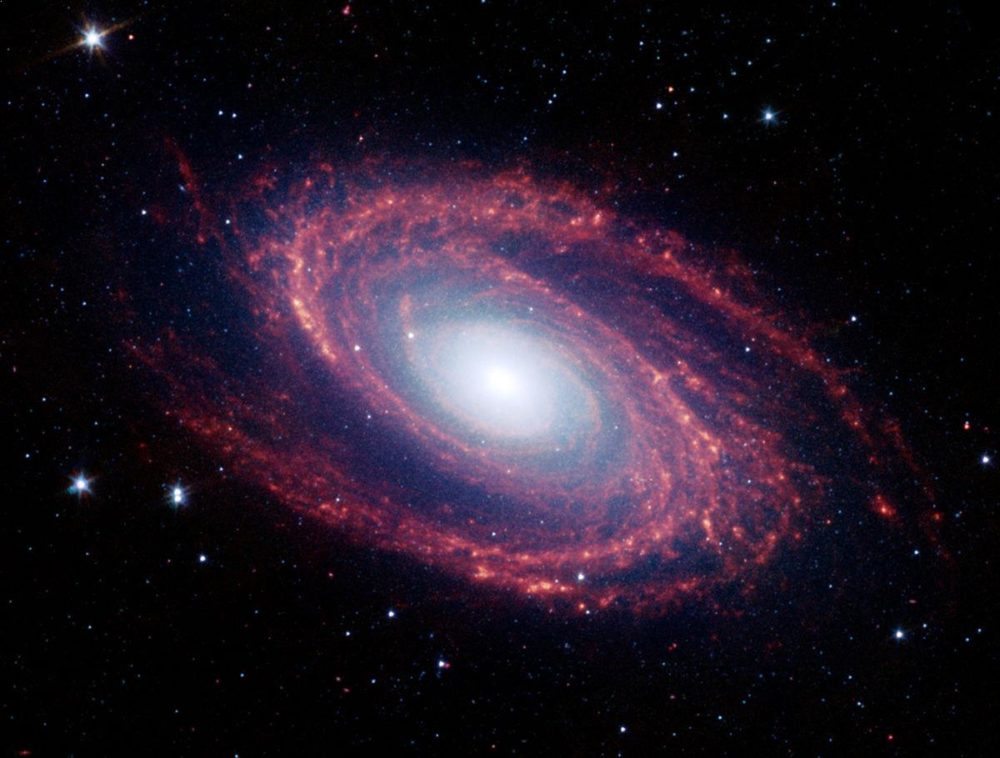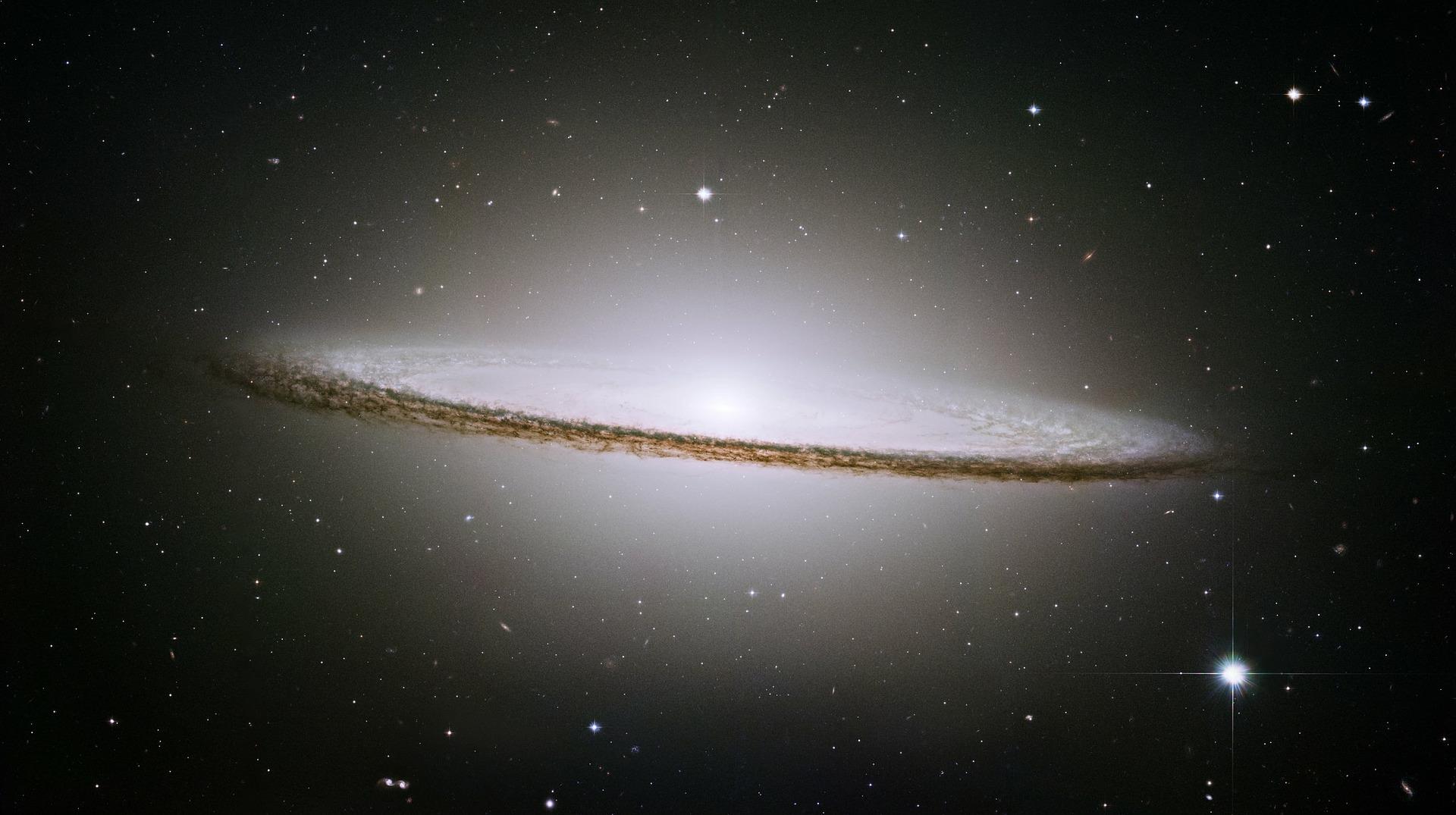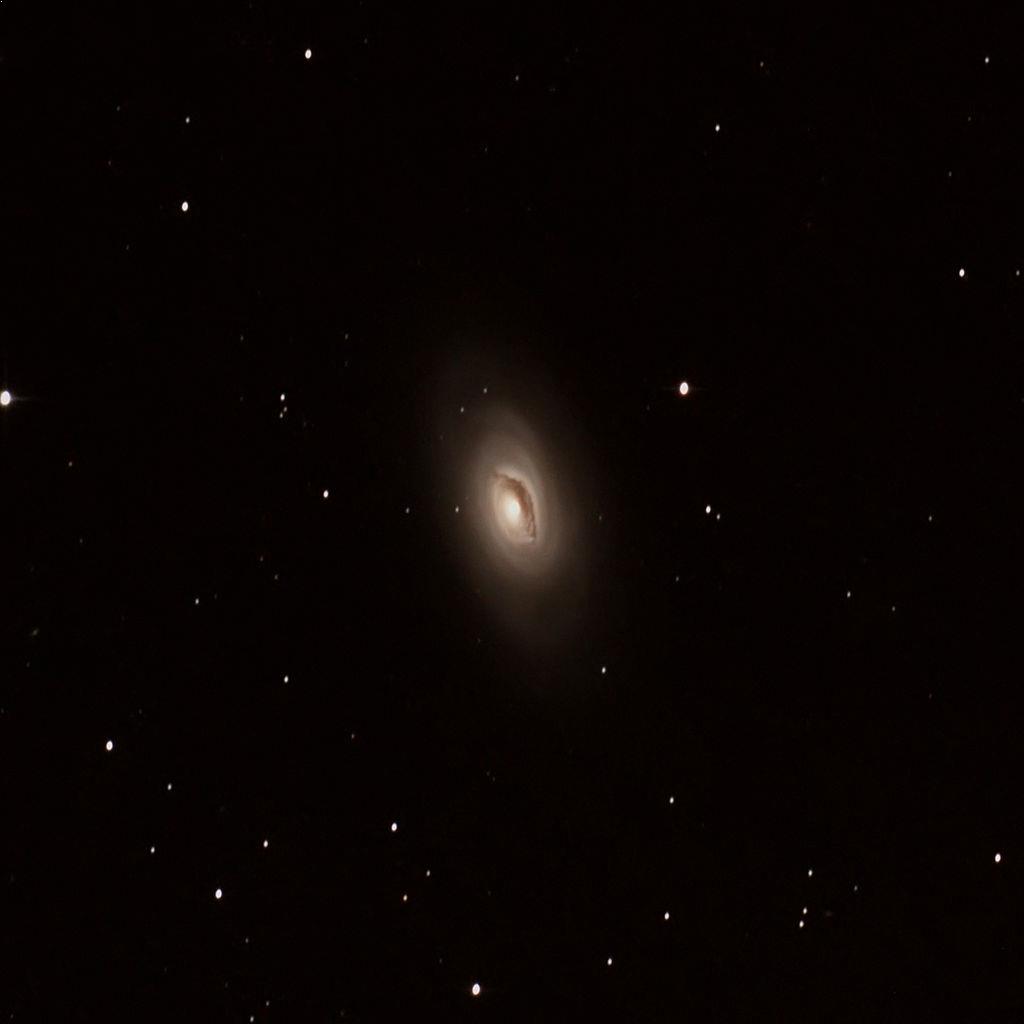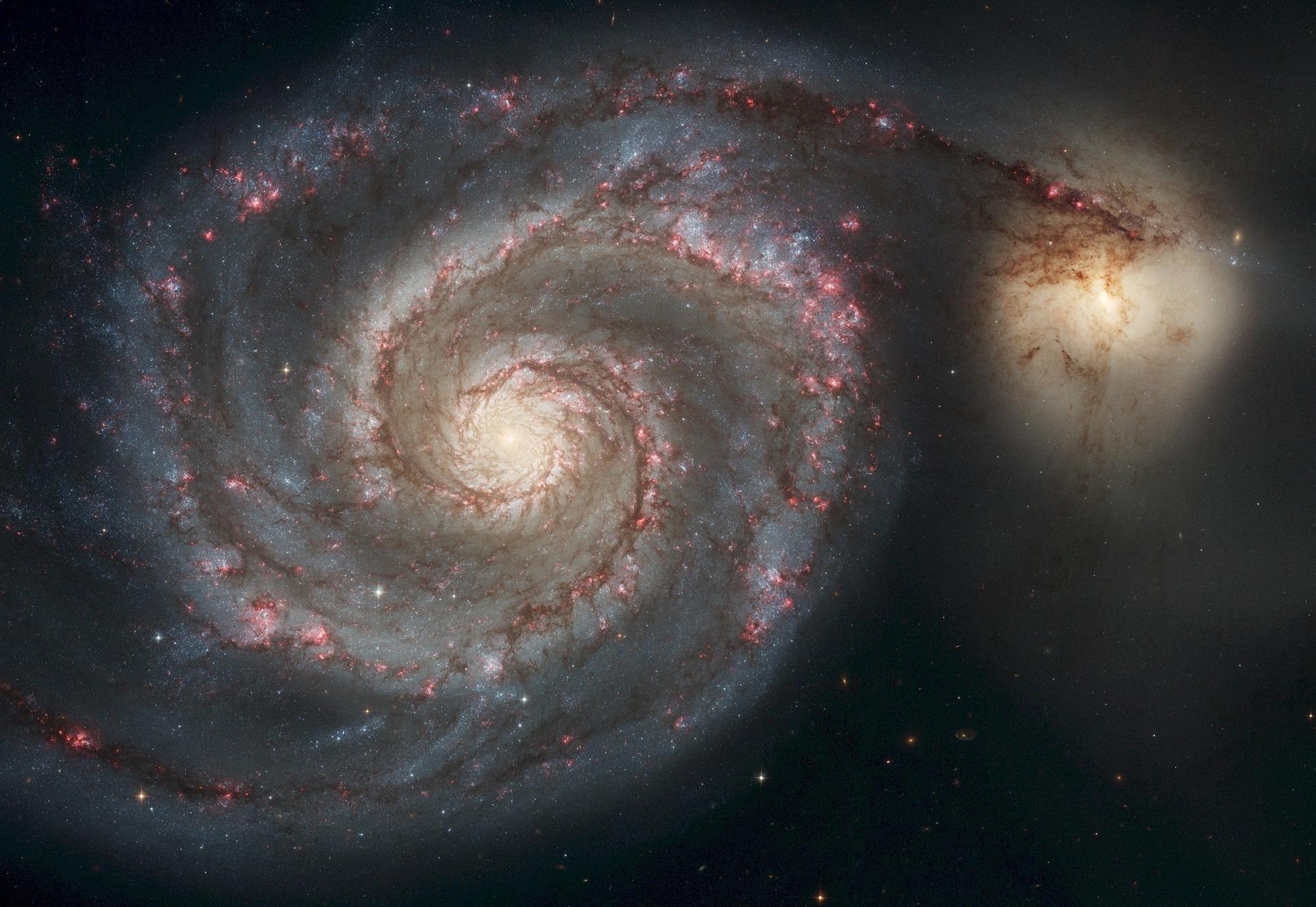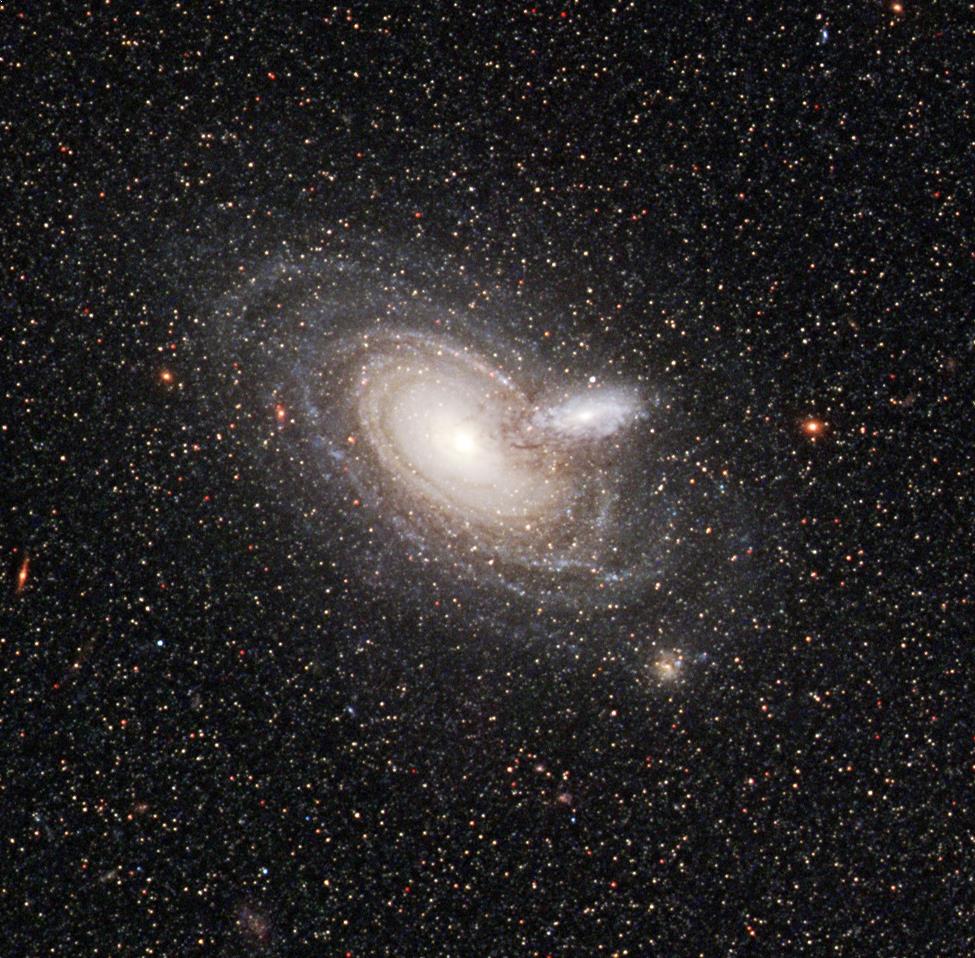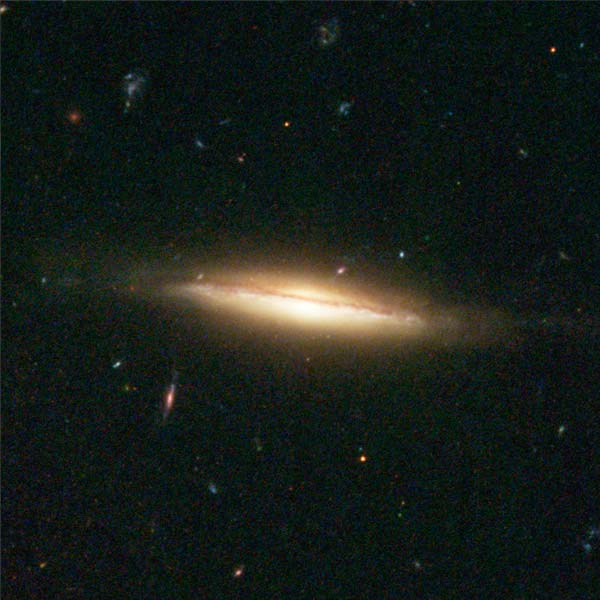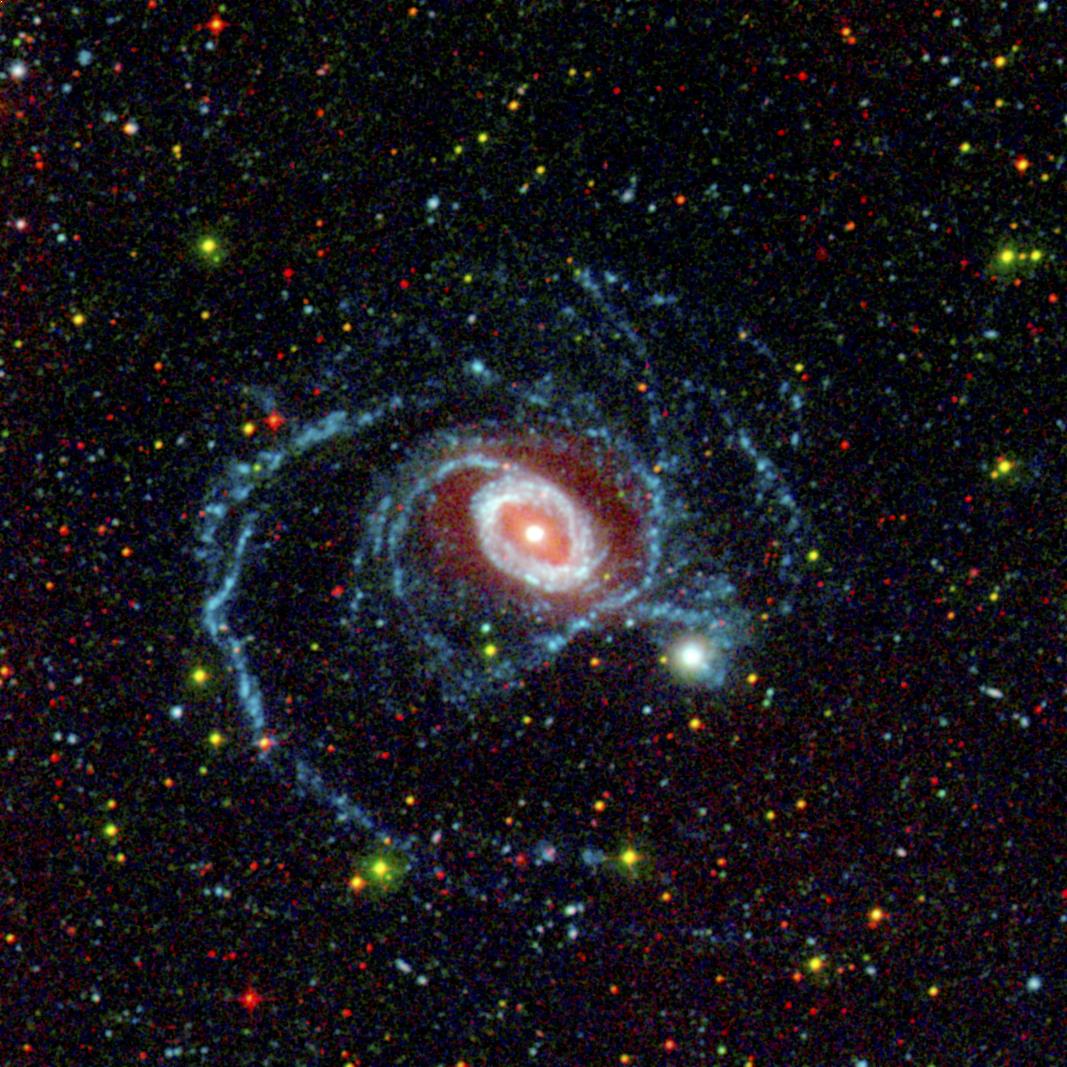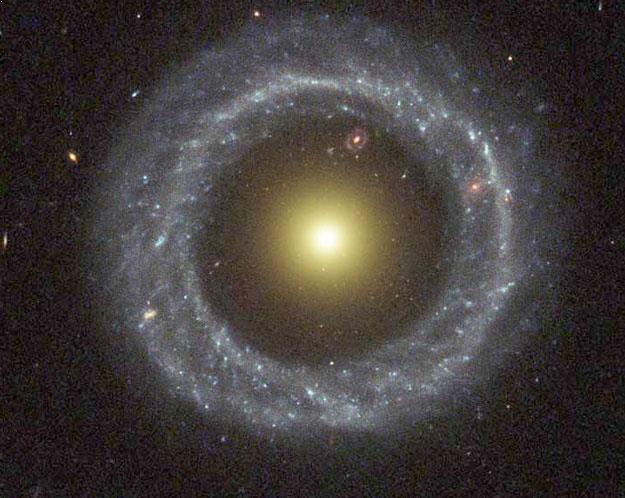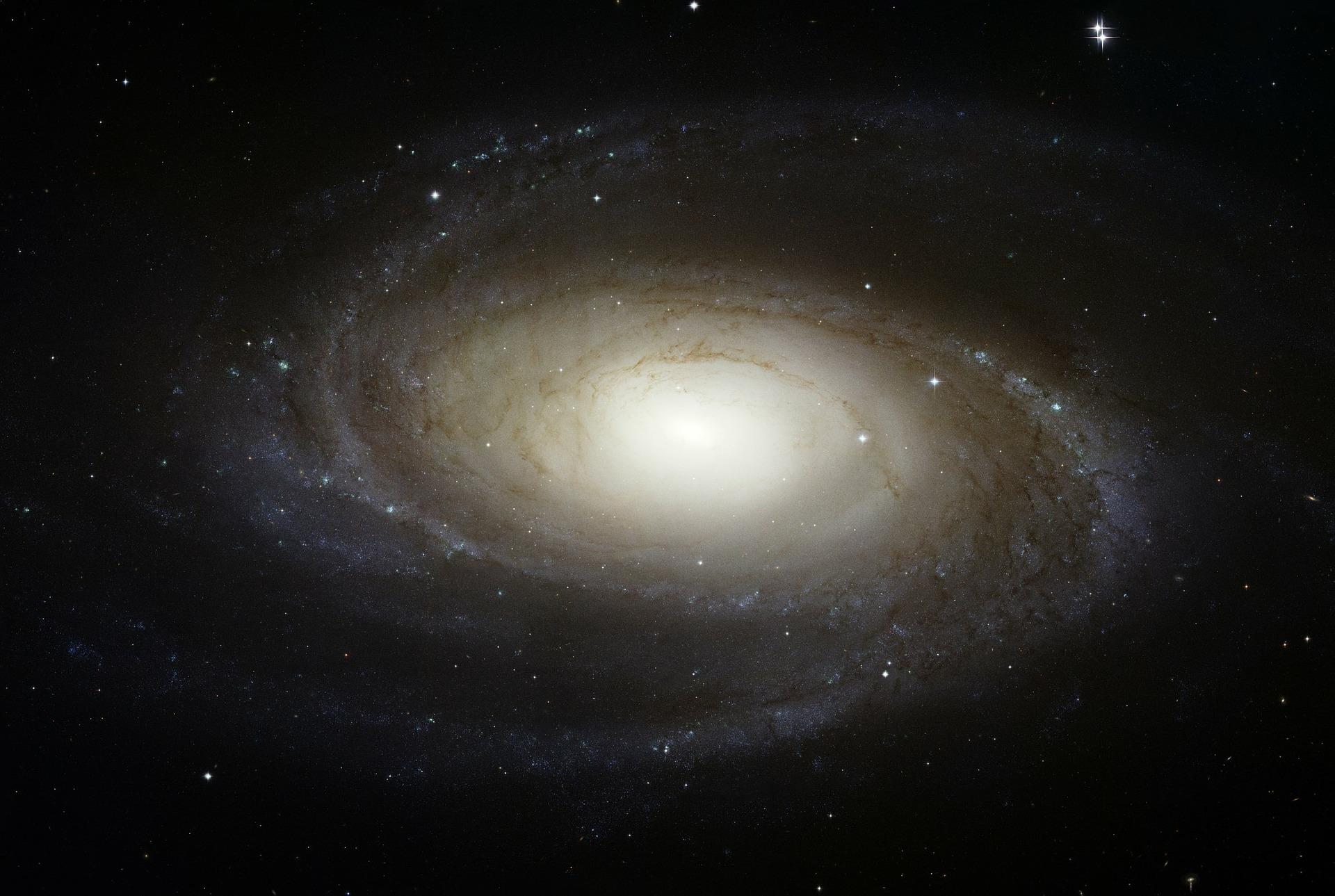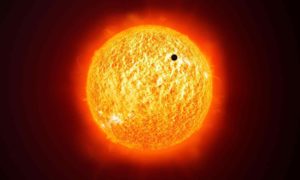We all are aware that our Universe is both incredible and massive. We all have read the definition of a galaxy in childhood, let me recall it, A galaxy is a massive system full of stars, planets, dust, and gas. They all gravitationally romp together. Our solar system belongs to the Milky Way galaxy. It is estimated that the milky way galaxy has approximately 100 billion stars. Also, there are about two trillion galaxies approximately in our entire Universe. Surprised!
All the Galaxies are one of the amazing space discoveries in the universe have some general pattern like Milky Way galaxy are spiral-shaped but there are many have irregular or elliptical shaped. The primary factor is the gravitational interactions that bound them together. But one thing is common in all galaxies they all look like an art beautifully designed by some supernatural power. Also, there are many space facts that you probably don’t know.
All the strange Galaxies in the universe that we will be listing today in the article are known to astronomers by two different classifications. The classification is known as the Messier catalog and the other one is the New General Catalog. Let me brief you about these two catalogs, Messier’s catalog was compiled long back in 1771 by a French astronomer known as Charles Messier. Messier listed all non-comet items with the help of his assistant named Pierre Mechain. The New General Catalog(NGC) was compiled by John Louis Emil Dreyer. It was a list of various deep sky objects. There are plentiful revisions done have made a refined list of 7,840 deep space objects.
From colliding galaxy to interacting galaxy, here is a list of 10 most amazing galaxies in the universe,
Amazing Galaxies In The Universe
1. The Sombrero Galaxy
It is also known as M104 or NGC 4594. It has a bright central nucleus and a large central bulge. Also, a dust lane can be seen in the shape of an inclined disk. It has an apparent magnitude of +9.0 which means it can be easily seen from an amateur telescope. The dark dust lane and a large central bulge together give it a shape of a sombrero. It is one of the beautiful galaxies in the universe making it an attraction for all astronomers. You will also find interesting reading about exceptional and amazing astronomical events.
According to Astronomers, it is not a formal galaxy instead of a string of galaxies that extends away from the Virgo cluster. There are around 2,000 globular clusters swarm that can be seen in the center of the galaxy. During a clear sky, the Sombrero Galaxy can be easily seen through the binoculars and hence using a large telescope along with the dusted lane. The galaxy can be seen in the spring or early summer halfway between the constellation Virgo and Corvus. IT is also known as Messier Object 104, M104, and NGC 4594.
2. The Black Eye Galaxy (M64)
It is also known as “Sleeping Beauty galaxy”. The red colour in the middle has been derived from Hydrogen which has a direct meaning that a large number of stars are being formed in very large numbers. The strangest part of this galaxy is that the inner part of the galaxy rotates spin one direction. However, stars and dust that are at 40,000 light years rotate in another direction. It is at 17 million light years from earth. Also, please read the brightest objects in space that you can see with your naked eye.
One of the amazing galaxies can be known by various names such as Evil Eye Galaxy, Sleeping Beauty Galaxy, Messier 64 (or M64), PKS 1254+21, UGC 8 and NGC 4826. The galaxy is at a distance of 24 million light-years from our Earth and as sitting in the constellation called Coma Berenices. Three people have found the galaxy and their names are Edward Pigott, an English astronomer in the year 1779. The next one is Johann Elert Bode, a German astronomer in the same year 1779 and last one is Charles Messier in 1780 on March 1 and it was catalogued it as M64.
Image Source: Wikimedia
3. The Whirlpool Galaxy
It is known with different names like Messier 51a, M51a, or NGC 5194. It is a spiral galaxy located at 23 million light-years in the constellation Canes Venatici. It is one of the most beautiful galaxies in the universe with a spiral shape. The galaxy is easily visible with binoculars. It draws the attention of professional astronomers who want to study galaxy structure and galaxy interactions. It is also one of the best-known galaxies in the sky.
One of the most amazing galaxies and closest to our own Milky Way. It was teh first galaxy that can be called as the spiral by the astronomers because of its shape. It was first discovered by the Charles Messier in the year 1773 who at that time sharing the skies and looking for the objects in the space. Teh galaxy is undergoing huge bursts of star birth because of its ongoing encounter with its smaller companion galaxy.
4. 2MASX J00482185-2507365 Occulting Pair
It is a pair of overlapping spiral galaxy found about the Sculptor Galaxy. It is located at 800 million years from the Milky Way galaxy. This pair of galaxies illuminates by the distribution of galactic dust beyond the visible arms of a spiral galaxy. The dusty arms extend 6 times the radii of the starry arms of the galaxy. It is clearly visible in the HST images against the central. Also, it can be seen in the core sections of the background galaxy.
Image Source: Wikimedia
5. Supernova 1987A
The light from the new supernova reached Earth on February 23, 1987. It was first discovered in the year 1987, therefore, it is named as “1987A”. Its brightness peaked in May with an apparent magnitude of about 3. It is also one of the galaxies in the universe which attract modern astronauts to study supernova in detail and its observations. Also, read facts about Earth we are sure you don’t know.
The supernova was discovered by Ian Shelton and Oscar Duhalde at the Las Campanas Observatory in Chile on February 24, 1987, and within the same 24 hours by Albert Jones in New Zealand. After that, on March 4–12, it was observed from space by Astron. Astron is the largest ultraviolet space telescope of that time.It is on the outskirts of the Tarantula Nebula in the Large Magellanic Cloud. It can be easily seen with naked eyes from the Southern Hemisphere.
6. Grand spiral galaxy
It is one of the beautiful galaxies in the universe with proper well-defined spiral arms. The spiral arms extend around the galaxy in many radians and it is clearly visible around the galaxy’s radius. As of 2002, approximately 10 per cent of all currently known spiral galaxies is classified as grand design type spirals. It is also known as NGC 123.
The beautiful galaxy is fascinated by millions of stars and dark dust bound by the gravitational force rotating around the centre. The spiral or whirl shape galaxy has arms appear as waves. Bright spots can be seen on the galaxy newly formed and even large stars. Spiral galaxies are also known as disk galaxies and have a bulging centre which is called the bulge.
7. Galaxy NGC 3370
It is one of the beautiful and dusty galaxies situated at some around 98 million light-years away toward the constellation Leo. The beautiful view of NGC 3370 has been captured by the Hubble Space Telescope using the advanced camera for surveys. Also, it is sharp enough to identify individual Cepheid variable stars in the galaxy. You must be thinking what is the role of the Cepheid variable? Cepheid variable stars are used to establish extragalactic distances.
Image Source: Wikimedia
8. Galaxy NGC 1512
It is Cleary visible with amateur telescopes. The galaxy is somehow 70,000 light years across which is approximately as large as our Milky Way Galaxy. It is located 38 million light-years away from Earth in the constellation Horologium. The galaxy has a beautiful double ring structure. One ring is around the galactic nucleus and another one in the main disk. It is also listed as a member of the Dorado group.
Image Source: Wikimedia
9. Hoag’s Object
It is also known as a ring galaxy. It was named after Arthur Hoag who discovered it in 1950. It is identified as either a planetary nebula or a peculiar galaxy. Bright blue stars dominate the outside ring of the galaxy while in the centre we there lie a ball of much redder stars that are likely much older. Between the two is a gap that appears almost completely dark.
Image Source: Wikimedia
10. Messier 81 (M81)
It is a spiral galaxy which is also known as Bode’s Galaxy. It is situated 12 million light years away from in the constellation Ursa Major. It is one of the biggest and beautiful galaxies in the universe. Also, it is one of the brightest galaxy visible in the skies of planet Earth. The beautifully detailed view of this galaxy contains a bright nucleus, grand spiral arms and sweeping cosmic dust lanes with a scale comparable to the Milky Way.

